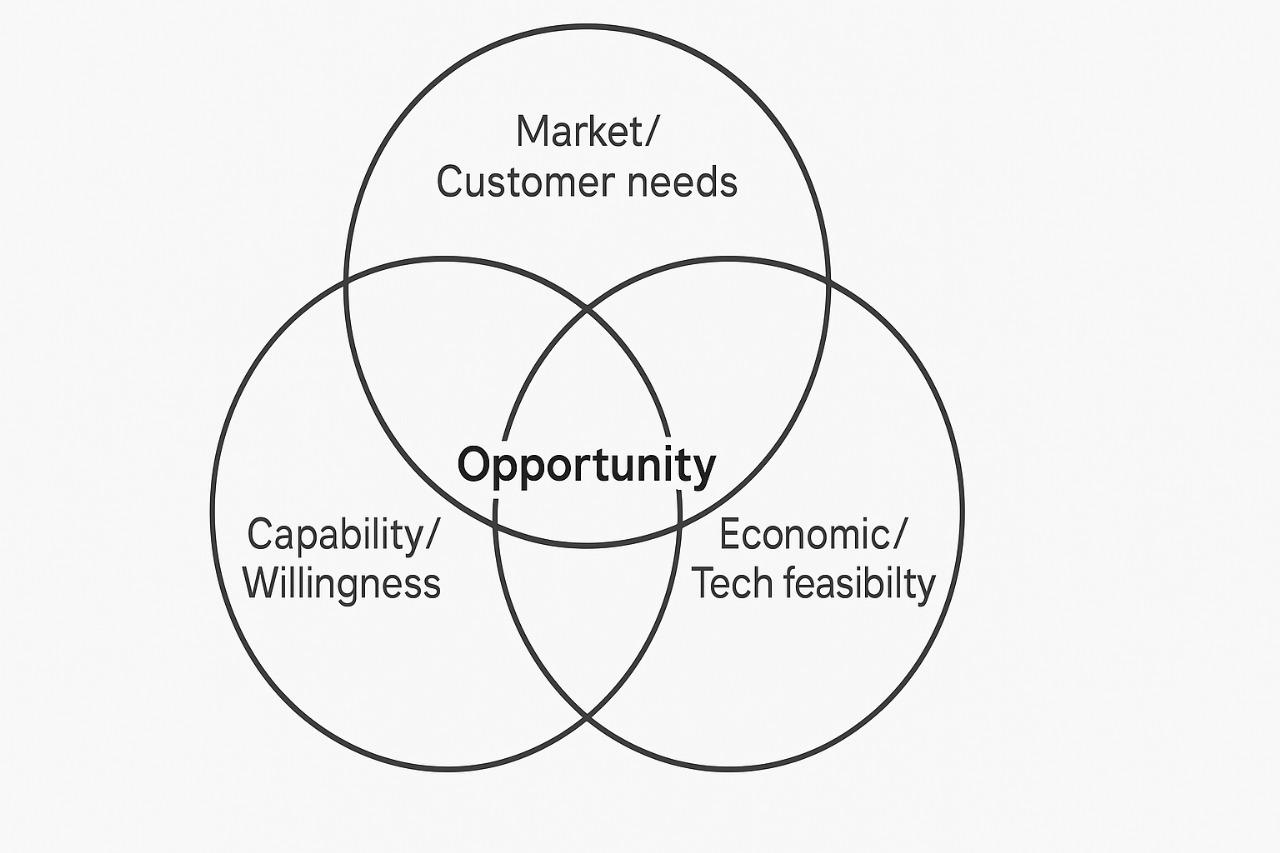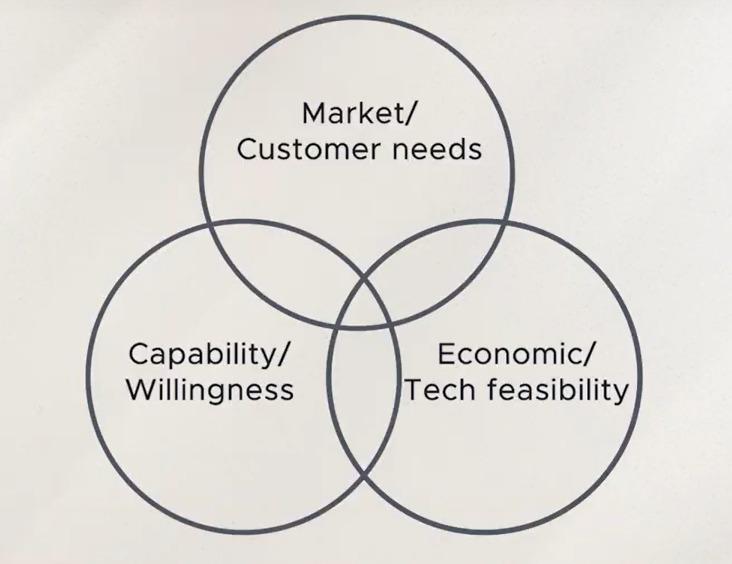Idea & Opportunity Evaluation
IDEA EVALUATION
Core Purpose:
Assess initial concepts for viability, appeal, and problem-solving potential.
Key Components
Origins of Ideas
- Rooted in personal experiences/pain points (e.g., hydration tracking, fitness access).
- "Solve your own problem first, then scale for broader impact."
Evaluation Challenges
- Subjectivity: Personal bias ≠ market validation.
Diverse Feedback
- Supporters: “This solves my problem!”
- Skeptics: Critique feasibility, cost, competition.
- Uncertainty: No guaranteed success (e.g., investor misjudgments).
Case Studies
| Idea | Strengths | Critiques |
|---|---|---|
| Smart Water Bottle | - Tracks hydration & temperature - Eco-friendly, modular design |
- High cost (₹2.3K–2.7K) - Existing competitors |
| Flex Fit (Fitness App) | - Affordable (₹500/session) - Targets underserved semi-urban users |
- Competition from gyms - Doubts about solo workouts |
Takeaway
"Ideas are plentiful; evaluation filters weak concepts through rigorous feedback."
OPPORTUNITY EVALUATION
Core Purpose:
Validate if an idea can become a scalable business by testing market fit, feasibility, and founder alignment.
Framework: 3-Pillar Venn Diagram
Market / Customer Need
- Verify: Demand size, customer willingness to pay.
Key Questions
- Is the problem widespread?
- Will customers buy this solution?
Red Flags: Small niche, low payment intent.
Feasibility
Dimensions
| Type | Focus | Example |
|---|---|---|
| Technical | Can it be built? | Smart bottle’s temperature tech |
| Economic | Cost-effective production & pricing | E-curtain costing ₹1 lakh → unviable |
| Regulatory | Legal/industry hurdles | Blockchain startup regulations |
Entrepreneurial Fit
- Capability: Skills/expertise (e.g., AI venture requires ML knowledge).
-
Willingness: Passion to endure challenges
"Does this problem get you out of bed?"
Key Question
- Am I the right founder for this?
Why Evaluate?
- Avoid wasting years on non-viable ideas.
- Balance: No over-analysis, but never skip evaluation.
-
Sweet Spot: Where all 3 pillars overlap → True opportunity.

Summary
- Idea Evaluation: Stress-tests concepts via feedback.
- Opportunity Evaluation: Validates scalability through market, feasibility, and founder fit.
"An idea becomes an opportunity only when customers pay, execution is possible, and the founder has grit."

